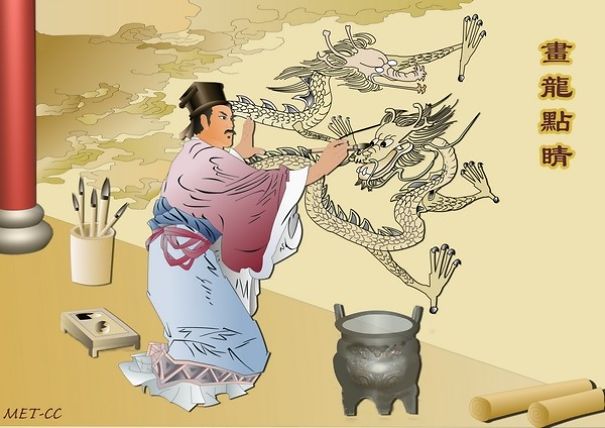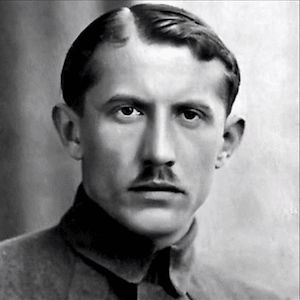What Does It Mean To Draw The Pupil To The Dragon?
133views
During the time of the Southern and Northern Dynasties (420-581 AD), General Sen-yu Zhang lived. He was known as a skilled painter. His works are listed in the book “Famous Paintings, Volume 7” of the Tang Dynasty (618–907). His name is associated with the famous Chinese wisdom – “Draw the pupil to the dragon,” which is used in everyday language.
Once the monks from Anle Temple invited Sen-yu Zhang to draw dragons on the walls of the shrine. Having heeded their requests, the artist portrayed four dragons, but did not finish painting their pupils.
One of the monks, surprised, asked:
“Why didn’t you finish the drawing?”
“If I finish the pupils, the dragons will become alive and fly away,” Sen-yu Zhang answered.
The monk did not believe and insisted on completing the work.
Then Sen-yu Zhang began to draw the pupils of the dragon. As soon as he finished work on the image of the first dragon, there was a thunder and lightning flashed. The dragon suddenly came to life and flew away. Three other dragons without pupils remained on the wall.
This story marked the beginning of the expression “draw the pupil to the dragon.” In Chinese, this phrase means that the final touch in the master’s work is the most important part of a work of art, and in a broader sense, the most essential part of any work.
Sen-yu Zhang drawing a pupil to the dragon
During the time of the Southern and Northern Dynasties (420-581 AD), General Sen-yu Zhang lived. He was known as a skilled painter. His works are listed in the book “Famous Paintings, Volume 7” of the Tang Dynasty (618–907). His name is associated with the famous Chinese wisdom – “Draw the pupil to the dragon,” which is used in everyday language.
Once the monks from Anle Temple invited Sen-yu Zhang to draw dragons on the walls of the shrine. Having heeded their requests, the artist portrayed four dragons, but did not finish painting their pupils.
One of the monks, surprised, asked:
“Why didn’t you finish the drawing?”
“If I finish the pupils, the dragons will become alive and fly away,” Sen-yu Zhang answered.
The monk did not believe and insisted on completing the work.
Then Sen-yu Zhang began to draw the pupils of the dragon. As soon as he finished work on the image of the first dragon, there was a thunder and lightning flashed. The dragon suddenly came to life and flew away. Three other dragons without pupils remained on the wall.
This story marked the beginning of the expression “draw the pupil to the dragon.” In Chinese, this phrase means that the final touch in the master’s work is the most important part of a work of art, and in a broader sense, the most essential part of any work.
Sen-yu Zhang drawing a pupil to the dragon
133views
Share on Facebook




6
0